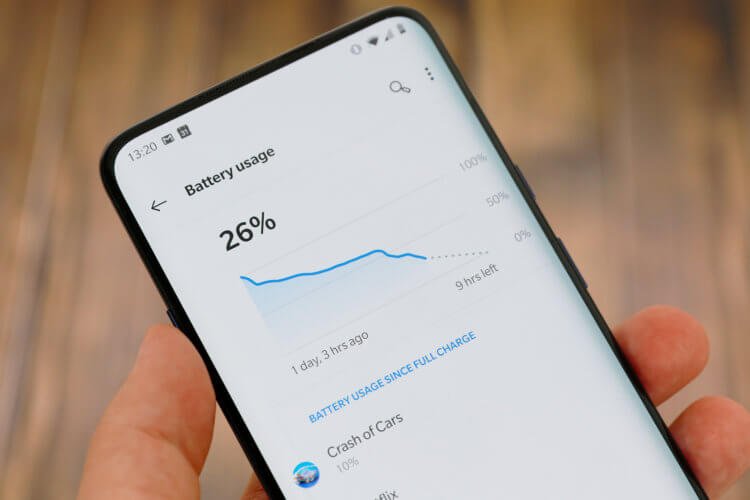Let's take a look at what modern smartphones look like. These are, as a rule, flat devices that cannot bend and even less stretch. In 2019, Samsung introduced the flexible Galaxy Fold smartphone. Its feature was a flexible display, with which it became possible to turn a compact device into a full-fledged tablet. Later, something similar was shown by the Chinese Huawei. However, in this whole situation there is one big problem – only the display is flexible, and this greatly limits the cases of its use.

How flexible batteries will change the world of electronics
Foldable smartphones are considered flexible today, but in reality they are not. Before us are ordinary phones that have a hinge-like mechanism that can fold two parts of a gadget. But at the same time, the hardware components themselves inside the phone are not able to change their shape. This limitation does not currently allow the device to be fully bent. However, this may change in the near future. Below we take a look at what technologies various companies have shown us, and also examine the latest from Stanford University.
Flexible motherboard

In 2016, researchers at Ecole Polytechnique Fédérale de Lausanne presented a flexible motherboard substrate that could become the basis for flexible smartphones in the near future.
Are there flexible processors?
It is difficult to say whether it is possible to develop flexible processors and chipsets, however, probably in the future we will be shown this. If you are interested in what the processors are made of, you can see how Elbrus chipsets are created at the Russian Micron plant.

Modern processors are based on ordinary silicon, which is found in sand. And, probably in the future, manufacturers will be able to make the silicon substrate flexible, like the electronics itself inside the chipset. This will enable flexible processors to be used in truly flexible smartphones.
Smartphones with flexible battery
The battery situation is much more interesting. In 2014, Samsung introduced its own flexible battery, it planned to use it in smartwatches. But why not use it in smartphones too? In 2015, scientists from the University of Texas created a flexible battery based on graphene and polymer.
The main problem with flexible batteries is the rapid loss of capacity during repeated bending. However, in 2016 Panasonic introduced several small, flexible batteries that can bend 25% and lose 20% capacity after 1000 charge cycles, even better than conventional lithium-ion batteries.
Let's look at another interesting invention from researchers at Stanford University. They published information on the new expandable battery on the official website. The university also posted a video on the official channel:

The main purpose of using such batteries is wearable electronics and smart things. But they can also be useful in smartphones. The new battery uses a special plastic that can store energy in itself. In tests, this battery has not lost the ability to energize the device even when stretched equal to the size of two batteries in normal condition. The stretched battery from Stanford University with identical dimensions is half the capacity of standard lithium-ion solutions. University researchers are currently working to increase its capacity.
These batteries will also be an excellent power source in medicine. For example, you can use it in a device that measures a person's heart rate.
Where to buy a flexible smartphone?
If a few years ago we could only speculate about what the future would be like, now, with the advent of foldable smartphones, we can hope that not only displays will be foldable in the near future.
What do you think about flexible and stretchable smartphone components? How soon can we fold the smartphone like paper and put it in our pocket? Probably, in the future, phones will simultaneously become smartwatches, smartphones, and tablets. Or do you have a different opinion? Share it in the comments below and subscribe to our Yandex Zen news.
